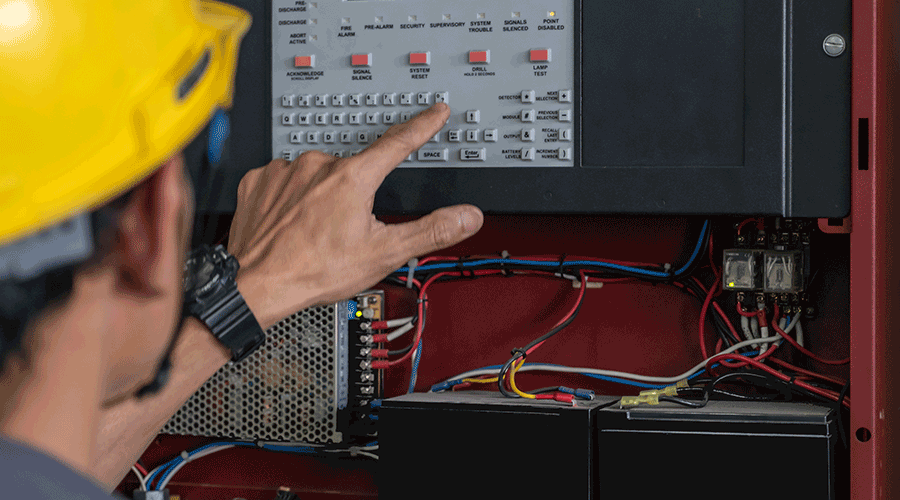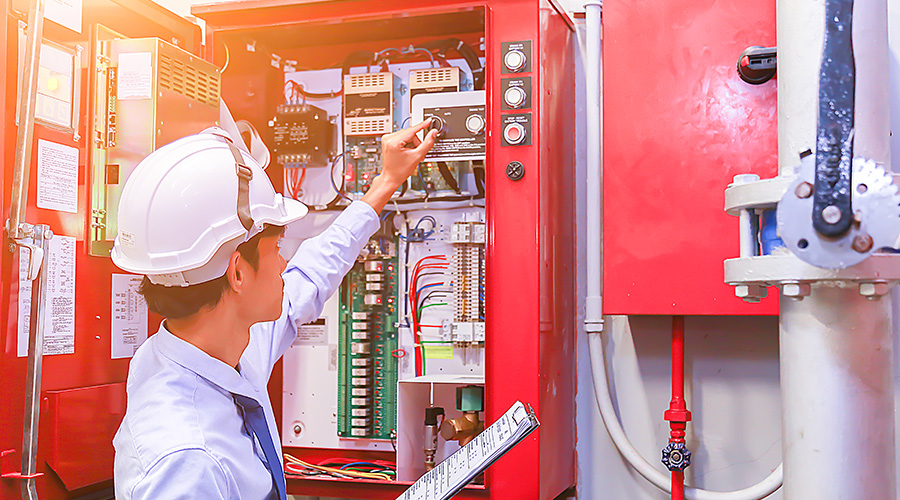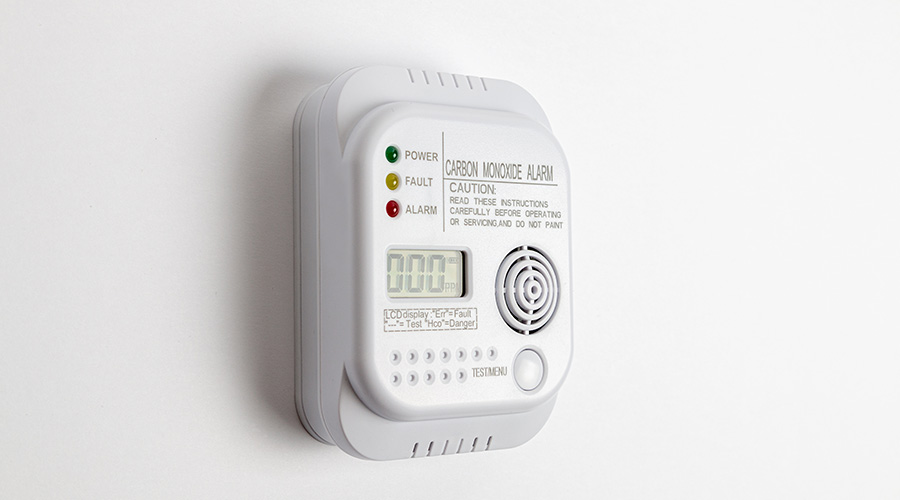Fire Protection an Ongoing Process in Design
Though overlooked, fire system upgrades must always be top of mind for facility executives
“Fire safety is the spare tire in the trunk that no one thinks about until they desperately need it,” says Mark DeMarco, a professional in the fire safety industry with over 25 years of experience.
Yet, despite this critical role, many facility executives in institutional and commercial facilities do not put enough consideration into their fire detection and protection systems, leaving both people and property vulnerable in an emergency.
DeMarco suggests that the silence around fire protection is the real hazard. From nuisance alarms triggered by human error to improperly maintained sprinkler systems, the consequences of neglect are measured in property damage, lost lives and delayed emergency responses.
He contends that designing strong fire protection and detection systems is not simply a matter of meeting building codes, but a moral imperative to protect people, property and productivity.
Fire protection considerations
Designing an effective fire protection and detection system is never one-size-fits-all. Before selecting a system, facility executives must understand how building use, occupant numbers and layout influence fire protection requirements.
“The way a facility is classified under code dictates every minimum requirement from how many exits are required to what type of systems must be installed and how those systems function,” says Brian Blicher, a fire protection engineer with KCI Technologies.
NFPA 101, Life Safety Code, identifies 12 occupancy types, from educational and health care to industrial, each with its own fire protection requirements. This code calculates exit needs, travel paths and alarm/suppression placement based on occupancy, layout and building type.
System design must also consider fire behavior.
“When you look at a building, you need to consider what can burn, how it would burn in the arrangement and use, and what is needed to protect life and property with the expected worst-case fire scenario that could occur,” says Stephen Tamburello, a project manager with Telgian Engineering & Consulting,
He adds that it is also vital to consider how long it would take smoke to make spaces untenable and the potential impact on occupants. All of these factors are critical to developing reliable fire protection systems.
The type of building also factors in. Data centers, for example, often have strict requirements to minimize water exposure to sensitive equipment. In these cases, alternative suppression systems, such as gaseous agents, may be used to protect critical assets. Other specialized spaces, such as museums, kitchens or areas with metal fires, may require suppression agents tailored to the materials and hazards present.
DeMarco says businesses also should consider how fire protection systems might affect operations.
“If you design a system without considering production flow, a single alarm could halt conveyor belts, shut down power or close fire doors,” he says. “Suddenly you’ve not only stopped productivity but also created costly downtime. A well-designed system balances code requirements with practical considerations, ensuring safety without unnecessary disruption.
“The best designs come from planning for the worst-case scenario while building in resilience to minimize both risk and downtime.”
Standards and insurance requirements
Designing a fire protection system also requires understanding the specific standards and expectations of building owners and insurers, Blicher notes. While the authority having jurisdiction (AHJ) establishes the baseline for local requirements, many facilities have their own design standards that go beyond code.
“A facility might require sprinklers and fire alarms in all buildings, voice evacuation systems, and detection in common areas, even if the code wouldn’t normally require it. It may be overkill, but it’s their standard, and the fire protection system should be designed to those standards,” he says.
Insurance requirements can also influence system design. Blicher cites an example of a bus parking garage where the client’s insurer required a higher hazard classification than would normally apply.
“The change required the fire protection system to provide more water for the sprinkler systems than was normally needed,” he says.
Blicher adds another insurance company he’s familiar with does not recognize concealed sprinklers as quick response. This means that even if building code requires quick-response sprinklers in a light-hazard area, concealed models cannot be used; even if they are UL-listed as quick-response under NFPA standards.
Ronnie Wendt is a freelance writer based in Minocqua, Wisconsin.
Related Topics:













